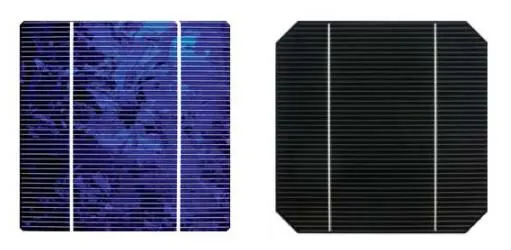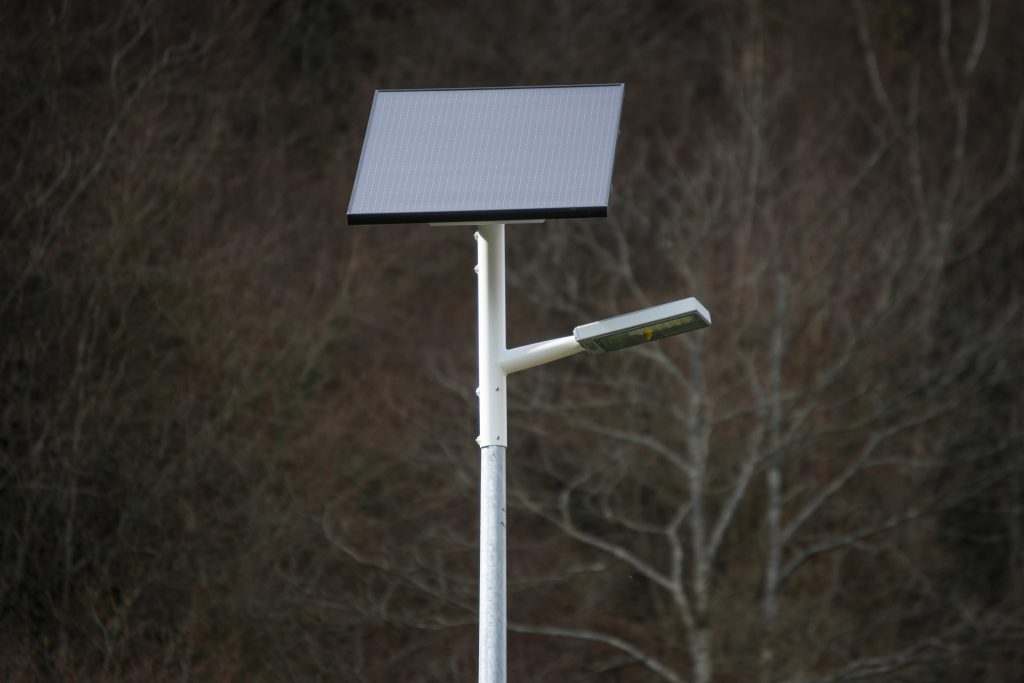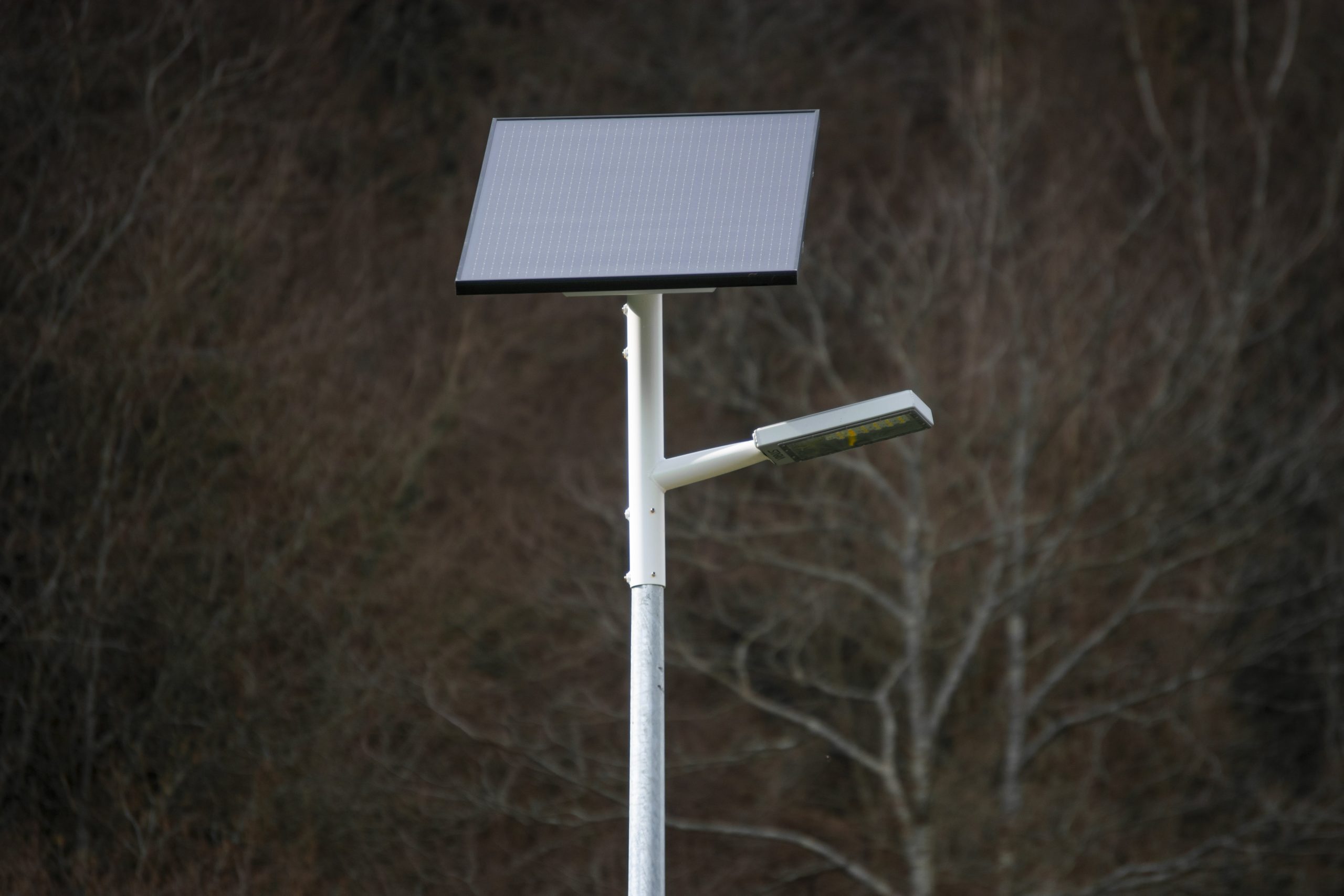May, 2024
We have all seen hundreds of solar panels in recent years but... Have you ever thought about how they work?
This post will unravel the mysteries of solar panels, exploring everything from their design and operation to their fascinating history and the promising future that awaits us. Join us on this enlightening journey through the technology that is shaping a greener world.
What is a Solar Panel?
A solar panel is essentially a rectangular structure designed to transform sunlight into electricity, a fascinating process that happens at the microscopic level in solar cells.
Each panel is composed of multiple solar cells, typically about 10 square centimeters each, which are bonded together and arranged in a sheet. These cells are covered by a special plastic known as EVA (ethylene vinyl acetate), which plays a crucial role in protecting the cells. EVA plastic is resistant to extreme conditions and varying temperatures, allowing sunlight to pass through while blocking ultraviolet rays.

Solar Panel Components
Solar panels are structures composed of several essential components, each designed to optimize the efficiency and durability of the system. These components are described in detail below:
Anodized Aluminum Frame
The frame of a solar panel is important for its durability and functionality. Made of anodized aluminum, this component is recognized for its excellent anti-corrosion properties, making it ideal for withstanding various environmental conditions without deterioration.
The frame not only provides structural robustness, but also offers multiple attachment points to secure the panel in place, protecting the internal components from mechanical and thermal stresses.
2.Transparent Tempered Glass Cover
Above the solar cells is a tempered glass cover, known for its strength and durability.
This glass is able to resist abrasions, water, steam and dirt, maintaining the integrity of the solar cells. In addition, this coating is designed to reduce light reflection by 90%, thus maximizing the amount of light penetrating the panel and facilitating the greenhouse effect that improves energy conversion efficiency by reducing convection losses.
3.EVA Encapsulation Layer
Between the tempered glass and the solar cells is a thin layer of EVA. This material stands out for its ability to efficiently transmit solar radiation and its low degradability under sunlight.
The main function of the EVA coating is to adhere the solar cells to the glass and rear surface of the panel, forming a film that seals and insulates the cells. This encapsulation prevents the entry of air and moisture, protecting the solar cells from external elements and maintaining their efficiency..
4.Solar Cells
Solar cells are the heart of every solar panel, responsible for converting sunlight into electrical energy. They are mainly composed of silicon and are classified as monocrystalline or polycrystalline depending on the purity of the material.
The main difference between monocrystalline and polycrystalline cells lies in their purity level. Monocrystalline cells have a higher purity, which is reflected in a darker color compared to polycrystalline cells. In addition, unlike monocrystalline cells, polycrystalline cells are characterized by corners that form right angles.
These cells capture solar energy and, through the photovoltaic effect, transform it into usable electricity.

5.Rear Cover
The rear cover of the solar panel can be made of various materials such as fiberglass, rigid polyurethane foam or expanded polystyrene. This layer serves to protect the panel from UV radiation and provide electrical insulation, which is essential to minimize heat losses and maximize the panel's energy efficiency.
6.Junction Box
Located on the rear of the panel, the junction box is essential for the correct operation of the solar panel. Made of moisture and dirt resistant materials, this box houses the bypass diodes and protects the electrical connections. The bypass diodes are crucial as they ensure that the current flow follows a constant direction, even if some cells are affected by shadows or dirt, thus guaranteeing the reliability of the solar panel.
Each component of a solar panel has a specific function and is essential to the overall performance of the system. The collaboration of these components not only maximizes solar energy collection and conversion but also ensures the longevity and efficiency of the panel over time.
How does a Solar Panel Work?
Solar panels are modern engineering marvels that transform sunlight into electrical energy, a process that may seem magical but is based on sound and well-understood scientific principles. Here we explain this process in clear and detailed steps to understand how sunlight is converted into usable electricity for our autonomous streetlights.
1.Solar Energy Capture by Photovoltaic Cells
The process begins when sunlight strikes the photovoltaic cells of a solar panel. These cells are designed to capture solar energy. Made primarily of silicon, the cells contain additives such as phosphorus and boron, which create two layers with opposite electrical charges: one layer is negatively and the other positively charged.
2.Electricity Generation by Photovoltaic Effect
When photons of sunlight collide with solar cells, their energy releases electrons in the negatively charged layer. These electrons are pushed by the electric field created between the two layers toward the positive layer, creating a flow of electrons-this is what we know as electric current. As light continues to strike the panel, this flow of electrons is maintained, thus generating more and more electricity.
Electrons that are not used or that come from external sources such as wind return to the negative side of the panel, allowing the electricity generation cycle to begin again, in a continuous process as long as sunlight is available.
3.DC to AC Conversion
The electricity generated by photovoltaic cells is in the form of direct current (DC). However, most consumers use alternating current (AC), so this energy must be converted before it can be used or fed into the grid. This is where the solar inverter comes into play.
The solar inverter has the task of converting the direct current collected by the photovoltaic cells into alternating current. This transformation allows the energy obtained by the solar panel to be compatible with the electrical grid and can be used to power electrical devices.
4.Distribution and Use of Electrical Energy
Once the power has been converted to alternating current by the inverter, it is directed to the facility's electrical panel or switchboard, from where it is distributed to the various circuits and appliances that need electricity. This panel also protects the facility from power surges and ensures that the power is distributed safely and efficiently.
The Future of Solar Panels
Looking to the future, solar panels present themselves as a key piece in the energy sustainability puzzle.
Ongoing research is pushing the frontiers of solar technology efficiency and application, promising an era where clean, renewable energy will be the norm rather than the exception.
Mass adoption of this technology is expected to play a crucial role in reducing our dependence on fossil fuels.
Conclusion
Solar panels are not only witnesses of technological innovation. They are key players in the transition to a sustainable energy future.
With every step forward in their design and every improvement in their efficiency, we move one step closer to a world where clean, affordable energy is a reality for everyone.
The history of solar panels is a testament to human ingenuity and a reminder of our potential to overcome the environmental and energy challenges of our time.


